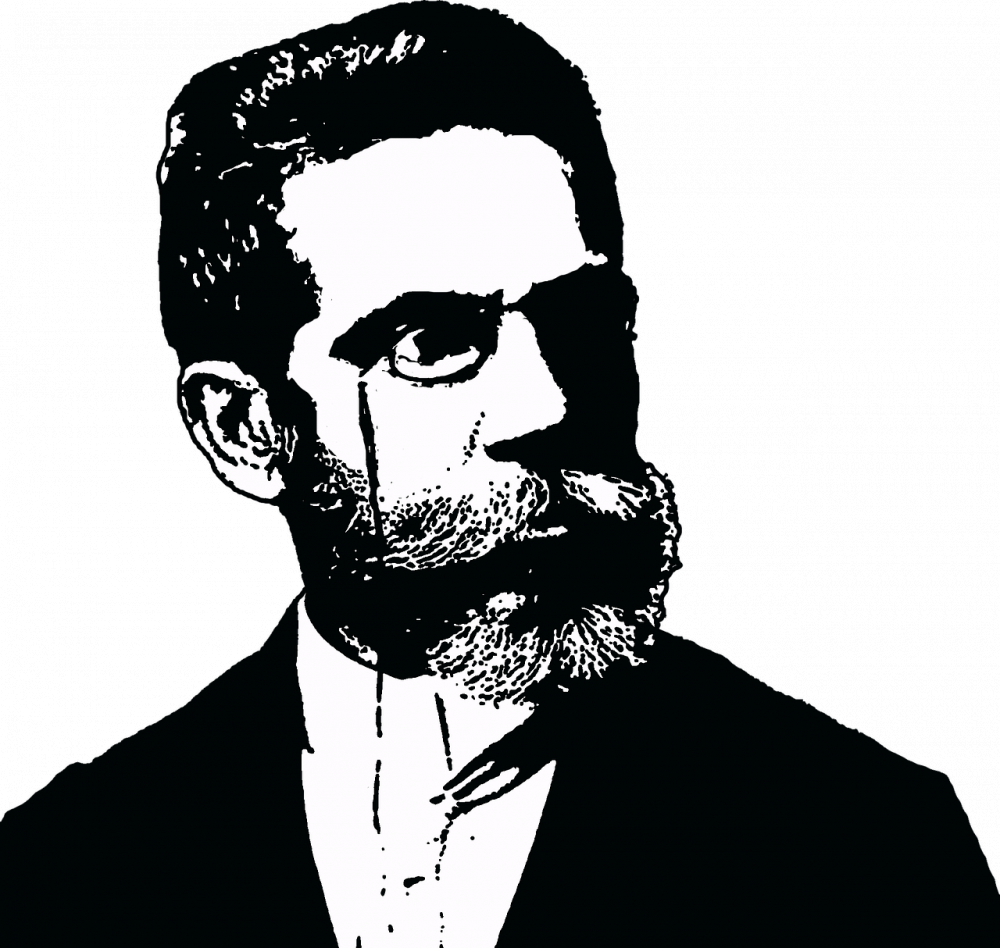H

C. Andersen and Odense: A Tale of Literary Legacy and Cultural eritage
Introduction
H.C. Andersen and Odense two names that are inextricably linked together in the annals of Danish literature and cultural heritage. For art enthusiasts and collectors with a penchant for all things Andersen, understanding the significance of the relationship between the iconic writer and the city he called home is crucial. In this article, we delve into the rich tapestry of H.C. Andersen’s Odense, exploring its historical evolution and shedding light on key aspects that make it a must-visit destination for anyone interested in the life and works of this literary maestro.
Historical Overview

The journey of H.C. Andersen’s Odense dates back to the formative years of the acclaimed writer. Born on April 2, 1805, in the humble surroundings of a small town, Andersen spent his early years immersed in the rustic charm of Odense. The city’s quaint streets, picturesque landscapes, and vibrant cultural atmosphere played a pivotal role in shaping the young writer’s imagination and kindling his passion for storytelling.
It was during his time in Odense that Andersen first discovered his innate talent for writing. Inspired by the fantastical tales spun by his grandmother and fueled by his own vivid imagination, he began penning his own stories and poems. Today, the city proudly commemorates this transformative period in Andersen’s life through various landmarks and attractions, allowing visitors a glimpse into the very source of his creative genius.
Evolution of H.C. Andersen’s Odense
Over the years, H.C. Andersen’s Odense has undergone significant transformations, evolving from a mere backdrop to the writer’s ascent into literary prominence to a thriving cultural hub dedicated to preserving his legacy. One of the most notable landmarks in the city is the childhood home of H.C. Andersen, located in the picturesque Munkemøllestræde. This charming yellow house, now converted into a museum, offers a fascinating insight into the writer’s early life and showcases an extensive collection of his personal belongings, manuscripts, and memorabilia.
In addition to Andersen’s childhood home, Odense boasts numerous other attractions dedicated to the writer. The Hans Christian Andersen Museum, located in the heart of the city, is a treasure trove of Andersen’s works, including rare first editions and original illustrations. The museum also hosts interactive exhibits and immersive experiences, enabling visitors to delve deeper into the world of this literary icon.
Furthermore, the H.C. Andersen Quarter stands as a testament to the lasting impact Andersen’s works have had on Odense’s cultural landscape. This vibrant neighborhood, with its charming cobblestone streets and beautifully adorned facades, encapsulates the spirit of Andersen’s fairy tales. Visitors can stroll through the Quarter, gaining inspiration from the enchanting settings that provided the backdrop for timeless stories such as “The Little Mermaid” and “The Ugly Duckling.”
Preservation and Legacy
Unmistakably, the preservation of H.C. Andersen’s Odense is of paramount importance. The city recognizes the significance of honoring its literary heritage and ensures that every aspect of Andersen’s life and works is meticulously preserved for future generations. Numerous cultural festivals and events take place throughout the year, celebrating Andersen’s legacy and attracting enthusiasts from all across the globe.
As a testament to this commitment, the annual H.C. Andersen Festival gathers artists, performers, and admirers alike, transforming Odense into a vibrant fairy tale wonderland. The festival offers an array of magical performances, storytelling sessions, and parades, truly capturing the essence of Andersen’s imaginative world. Visitors are transported to a realm where fantasy merges with reality, paying homage to the genius of the writer who inspired generations.
Conclusion
H.C. Andersen’s Odense is a place of pilgrimage for art enthusiasts and collectors entranced by the captivating world of the iconic Danish writer. Its historical significance, the evolution of its cultural landscape, and its unwavering dedication to preserving Andersen’s legacy make it an enthralling destination for devotees and casual visitors alike. Immerse yourself in the magic of H.C. Andersen’s Odense, and embark on a journey through history and imagination that will forever leave an indelible mark on your soul.
Sources:
– Odense Bys Museer. “H.C. Andersen”. www.odensebysmuseer.dk/hcandersen (Accessed [DATE])
– VisitDenmark. “H.C. Andersen’s Odense”. www.visitdenmark.com/hc-andersens-odense (Accessed [DATE])











